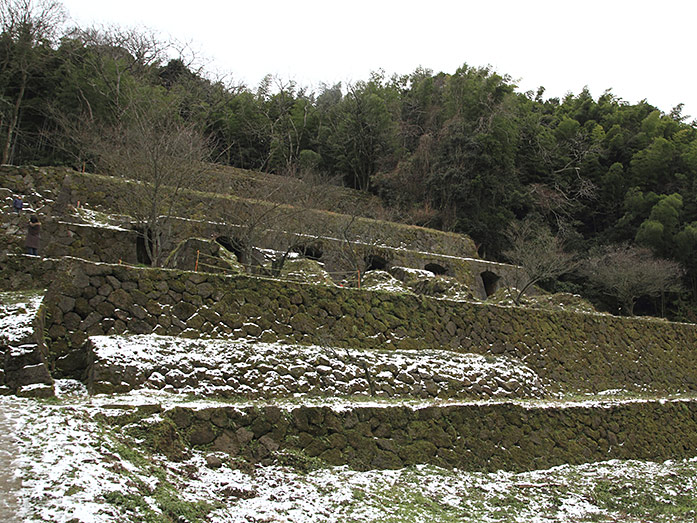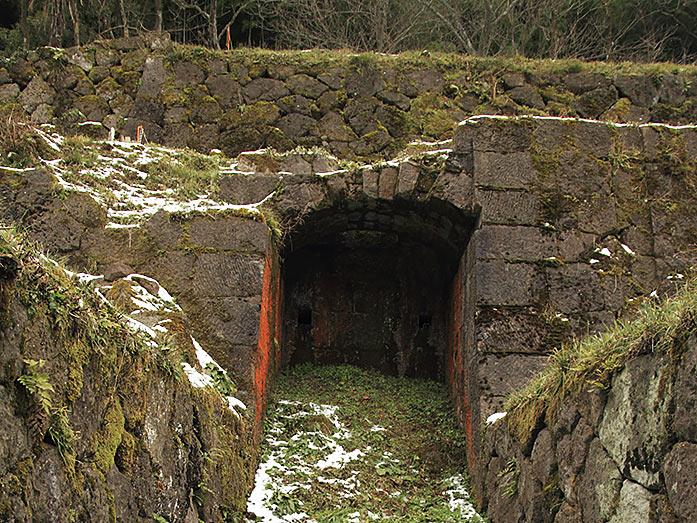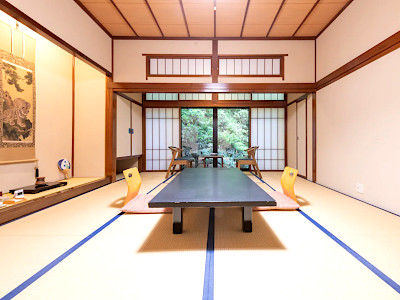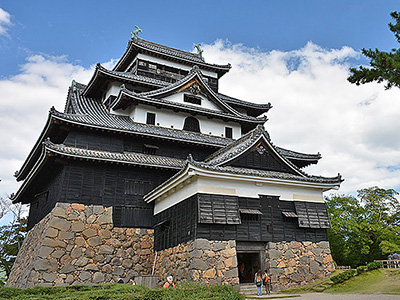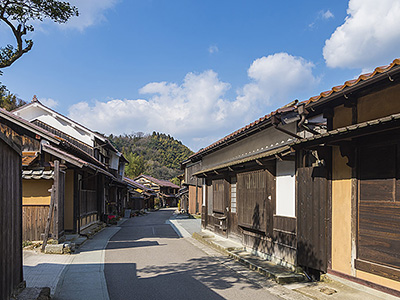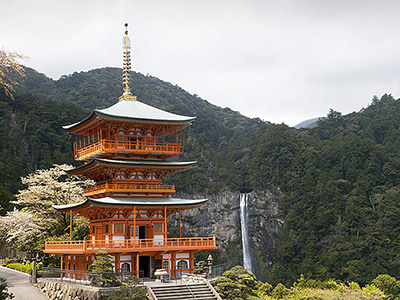Iwami Ginzan Silver Mine
This post can contain affiliate links, which means that we may receive a small commission if you make a purchase using these links.
Facts & Figures
Iwami Ginzan in Shimane Prefecture was Japan’s largest silver mine, which produced high-quality silver, known as Soma Silver, for over 400 years. The silver was mainly used for coins. Those coins were a very important currency for the East Asian trade. The UNESCO World Heritage Site consists of mining archaeological sites, fortresses, settlements, shipping ports and transportation routes. At one point in time the output of the mine, with the help of 200000 workers, was 38 tons of silver per year.
 Get Your Pass Now and Save!
During the 16th century an astonishing 1⁄3 of the world´s silver production came from this place. Even with the heavy mining activities during those years, the Iwami Ginzan area remained covered with thick forest. It is a nice example that a large scale mine and nature could exist side by side.
Get Your Pass Now and Save!
During the 16th century an astonishing 1⁄3 of the world´s silver production came from this place. Even with the heavy mining activities during those years, the Iwami Ginzan area remained covered with thick forest. It is a nice example that a large scale mine and nature could exist side by side.
- Ryugenji Mabu Mine Shaft:
- Opening Hours - 9:00 am to 5:00 pm (20th of March till 23rd of November)
- Opening Hours - 9:00 am to 4:00 pm (24rd of November till 19th of March)
- Closed - Year-end and New Year period
- Admission Fee - 400 yen (Adults)
- Okubo Mabu Mine Shaft:
- Opening Hours - four tours a day, 9:30, 10:30, 12:15 and 1:15 (from March till November)
- Open - every Friday, Saturday, Sunday and national holidays
- Closed - from December till February
- Admission Fee - 3800 yen (Adults), 2800 yen (Children)
- Iwami Ginzan Silver Mine World Heritage Center:
- Opening Hours - 9:00 am to 5:30 pm (from March till November)
- Opening Hours - 9:00 am to 5:00 pm (from December till February)
- Closed - last Tuesday of every month, Year-end and New Year period
- Admission Fee - 300 yen (Adults), 150 yen (Children)
History
The production of silver in the Iwami Ginzan Mine lasted from 1526 to 1923. In 1533 a new technology, brought from the Korean Peninsula, increased the production massively. The technology was called cupellation method (haifuki-ho). In early 1600s the Tokugawa Shogunate overtook the power of Iwami Ginzan. In 2007 Iwami Ginzan Silver Mine was added to the UNESCO World Heritage List.
Location

Iwami Ginzan Silver Mine is located in the central region of Shimane Prefecture of the Chugoku Region in the city Oda.
Address: 1111 Odaguchi, Oda, 694-0305, Shimane Prefecture
How to get to Iwami Ginzan?
- 3,5-4hrs from Tokyo to Okayama by Nozomi or Hikari Shinkansen and
- 2hrs from Okayama to Izumo (Izumo-shi St.) by JR Yakumo limited express and
- 40min from JR Izumo-shi Station to Oda-shi Station by local train and
- 25min from Oda-shi Station to Iwami Ginzan by bus
Sightseeing spots
top:
Ryugenji Mabu Mine Shaft - the tunnel, built in 1715, is 273 meter long and it is one of the largest (out of 600)
Okubo Mabu Mine Shaft - take a guided tour from the Iwami Ginzan Silver Mine World Heritage Center and explore the by far largest mineshaft ruin in the area
Iwami Ginzan Silver Mine World Heritage Center - consists of three wings: exhibition wing, guidance wing and collections and experience wing
Omori-cho - the town is a hidden treasure and def. worth a visit, follow the street for 1,5km and explore shops, traditional houses, cafes, shrines and temples along the way, Omori town is comparable with Tsumago, Narai and Magome in the Kiso Valley
Iwami Ginzan Museum - the former Magistrate’s Office is housing the museum, located in Omori
Shimizudani Refinery Ruins - the refinery was only active for one year, explore the huge stone walls there
Kumagai Family Residence - built in 1801 and designated as Important Cultural Asset, is the largest surviving Japanese-style house in Iwami Ginzan area
Rakan-ji Temple - the temple, founded in 1766, belongs to the Shingon sect of Buddhism and houses 501 arhat figures (known as Gohyaku-rakan), showing various expressions of happiness, sadness and anger
Yunotsu Hot Springs - part of the World Heritage Site with a history of over 1300 years, enjoy a healthy hot bath there
Festival & Events (dates can change without notice)
June
Aoba matsuri (festival) (15th)
Traditional ceremonies and processions are performed at temples all over the town to celebrate Kobo Daishi's birthday.
August
Mando-kuyo-e (Candle Festival) (13th)
Thousands of candles are placed along the paths of the Okunoin cemetery.
Where to stay near Omori/Iwami Ginzan Silver Mine?
Best Hotels and Ryokans near Omori/Iwami Ginzan Silver Mine
Powered by Expedia
